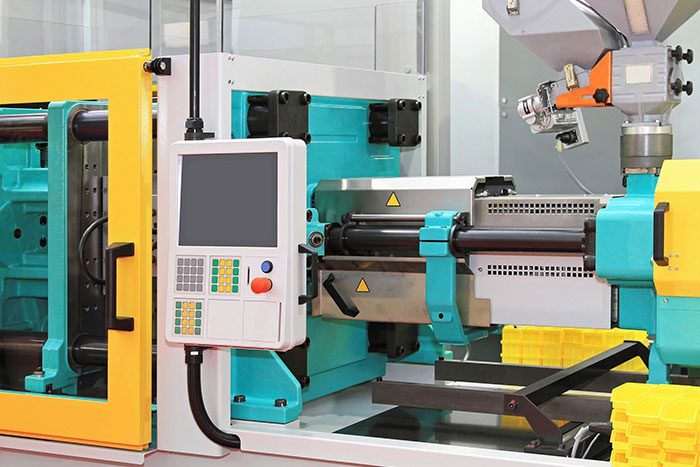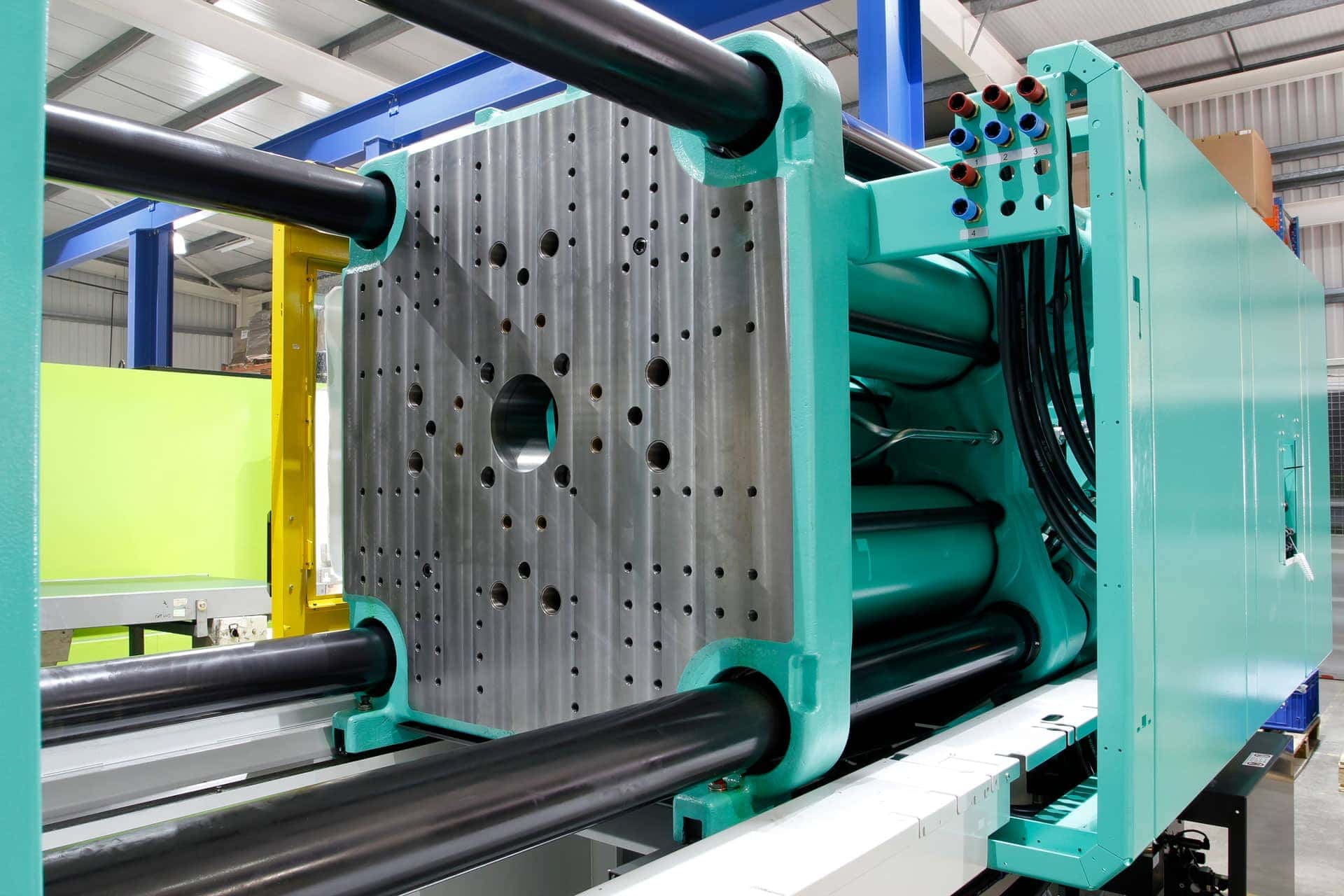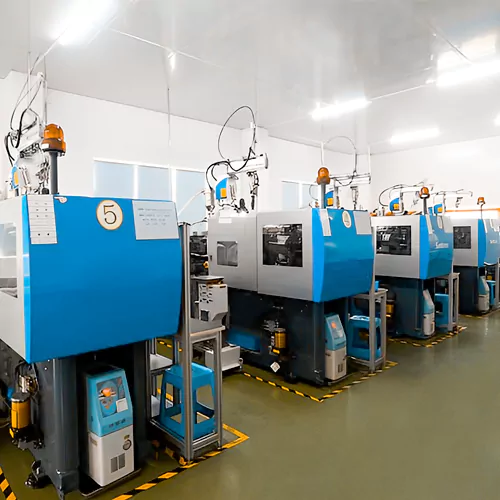The Duty of Plastic Injection Molding in Developing Cost-efficient Industrial Components
The Duty of Plastic Injection Molding in Developing Cost-efficient Industrial Components
Blog Article
Recognizing the Fundamentals of Plastic Injection Molding Procedures
Plastic injection molding acts as a cornerstone of contemporary production, offering a systematic approach to creating complicated elements with accuracy. This process not only encompasses the essential steps of melting and injecting materials into molds but also includes a nuanced understanding of various affecting factors, such as temperature and pressure. As sectors increasingly demand effectiveness and quality, the details of this approach come to be extra important. Discovering these essential elements can disclose just how even small changes can lead to significant enhancements in manufacturing outcomes, questioning about the possibility for technology in this well-known procedure.
What Is Plastic Injection Molding?
Plastic injection molding is a widely made use of production process that changes polycarbonate and thermosetting products into specific and complicated shapes. This strategy is preferred for its capability to produce high volumes of the same get rid of exceptional precision, making it an important approach in various markets, including automobile, customer products, and medical devices.
The process involves melting the selected plastic product and infusing it into a mold and mildew under high stress. The mold, developed to the specs of the desired component, allows the molten plastic to take form as it strengthens and cools. Once the material has actually hardened, the mold is opened, and the completed part is ejected.
Plastic injection molding provides a number of advantages, consisting of lowered waste, consistency in production, and the capacity to integrate complex layouts that may be testing with various other making approaches. Furthermore, it sustains a wide variety of materials, each providing special residential properties that can be tailored for particular applications. As sectors remain to innovate, plastic injection molding remains at the forefront, allowing the development of advanced items that satisfy evolving customer needs.
The Injection Molding Process
The shot molding process is an advanced strategy that includes a number of essential stages to create premium plastic elements. Plastic pellets are fed into a heated barrel where they are thawed right into a thick liquid. This molten plastic is then infused under high stress into a precision-engineered mold, which forms the material into the desired kind.
As soon as the mold and mildew is filled up, the plastic is permitted to cool and strengthen, taking the form of the mold and mildew cavity. Cooling time is crucial, as it influences the cycle time and the last residential properties of the shaped part. After enough air conditioning, the mold opens up, and the completed component is ejected making use of ejector pins.

Materials Made Use Of in Shot Molding
Numerous materials can be made use of in the shot molding process, each offering special buildings that provide to certain applications. One of the most commonly utilized materials consist of thermoplastics, thermosetting plastics, and elastomers.

Thermosetting plastics, like epoxy and phenolic resins, go through a chemical change during the curing procedure, leading to an inflexible, inflexible structure. These materials are excellent for applications calling for high warm resistance and structural integrity, commonly used in auto parts and electrical insulators.
Elastomers, including silicone and rubber-based materials, offer adaptability and durability. Their one-of-a-kind properties make them suitable for applications that demand elasticity, such as gaskets and seals.
Furthermore, specialized materials like bio-based plastics and compounds are acquiring grip link for their environmental advantages and boosted efficiency attributes, widening the extent of injection molding applications in different markets. Comprehending the properties of these materials is vital for picking the ideal kind for particular tasks.
Benefits of Shot Molding
Injection molding sticks out as a very reliable production process that provides many advantages for creating complex get rid of precision. One of the most considerable advantages is the capability to produce elaborate designs that would be difficult or impossible to achieve with various other techniques (Plastic Injection Molding). The process enables in-depth features and tight resistances, making sure premium elements
Additionally, injection molding is known for its fast production capacities, making it an ideal selection for high-volume manufacturing. As soon as the mold is created, components can be created promptly, minimizing lead times and raising total performance. This effectiveness not just reduces production costs yet likewise gives an one-upmanship in the marketplace.
The adaptability of materials used in shot molding even more boosts its appeal. A click this site wide variety of thermoplastics and thermosetting polymers can be used, allowing makers to select materials that best satisfy their details demands, including strength, flexibility, and heat resistance.
Moreover, the procedure reduces waste, as excess product can often be recycled and recycled. This sustainability aspect contributes to a lowered ecological impact, making shot molding a liable manufacturing choice. In general, the advantages of injection molding make it a recommended method for several markets.
Elements Impacting Product High Quality
While many variables can affect product high quality in injection molding, understanding these elements is important for achieving optimal results. Key aspects include product choice, refining specifications, and mold and mildew design.
Material selection plays a vital role, as various polymers show one-of-a-kind homes that impact flowability, toughness, and thermal stability. Poor product option can bring about flaws such as bending or incomplete dental filling.
Handling criteria, consisting of cycle, stress, and temperature level time, need to be carefully controlled. Variants in these settings can lead to disparities partly measurements and surface area coating. For circumstances, excessively heats may cause degradation of the polymer, while poor pressure can cause brief shots.
Mold design is equally vital, as it figures out the flow of the molten plastic and the cooling process. Inadequately designed molds might lead to unequal air conditioning prices, resulting in dimensional errors and residual anxieties.

Verdict
Finally, plastic shot molding acts as a critical manufacturing procedure that makes it possible for the efficient manufacturing of top quality elements. Proficiency of the injection molding procedure, consisting of the understanding of materials and the impact of various factors on item high quality, is vital for achieving optimum outcomes. The benefits of this technique, such as cost-effectiveness and design versatility, further highlight its relevance throughout numerous sectors, strengthening its condition as a favored choice for high-volume production.
Plastic injection molding offers as a keystone of contemporary manufacturing, giving a systematic approach to producing intricate elements with accuracy.Plastic injection molding provides numerous advantages, including minimized waste, consistency in manufacturing, and the capacity to integrate intricate layouts that might be challenging with various other manufacturing techniques (Plastic Injection Molding). As industries proceed to innovate, plastic shot molding remains at the forefront, enabling the advancement of advanced items that satisfy developing customer demands
The shot molding process is an innovative strategy that involves check my reference a number of key phases to generate top quality plastic parts.In conclusion, plastic shot molding serves as a critical manufacturing process that makes it possible for the reliable production of top notch components.
Report this page